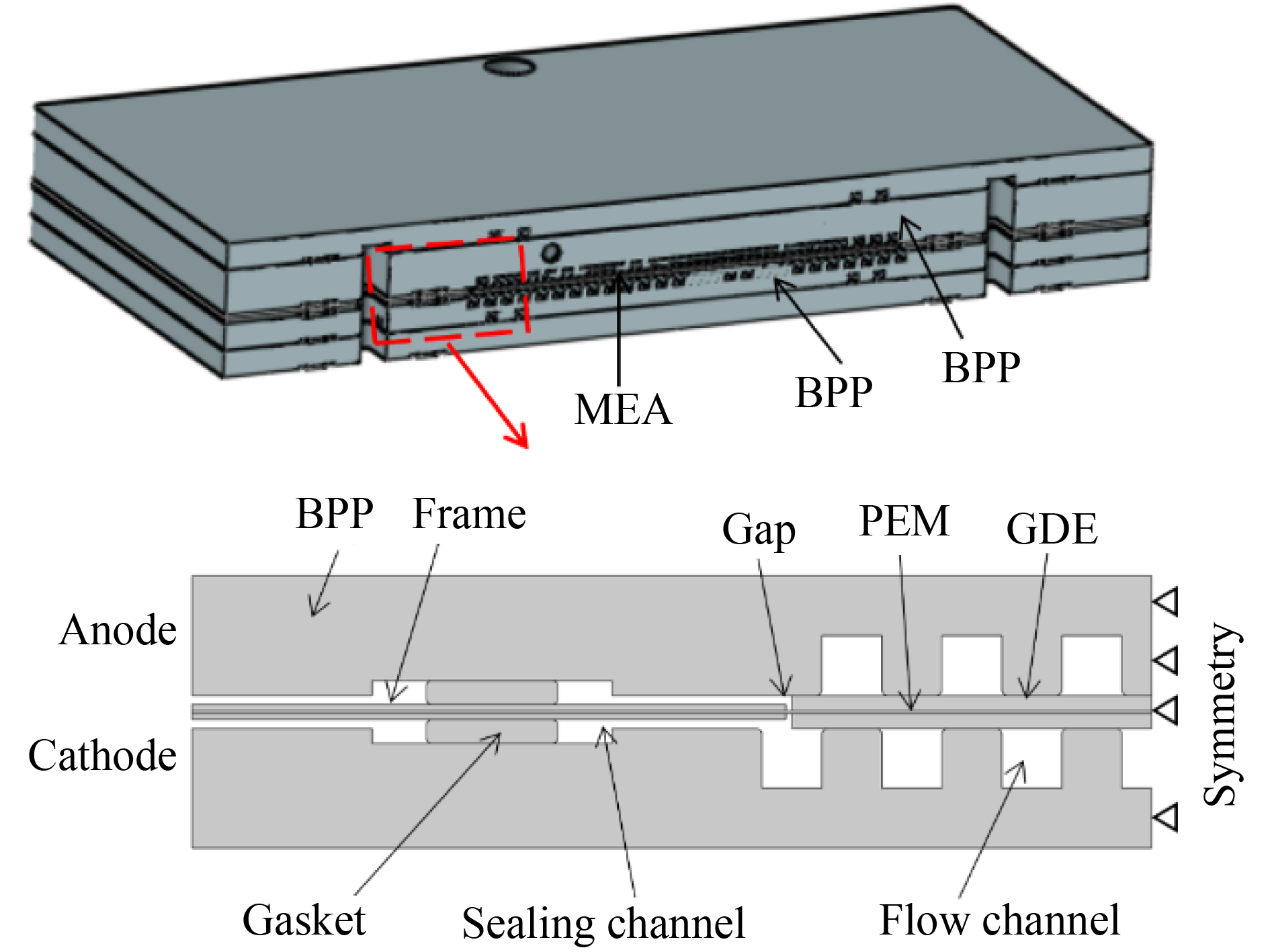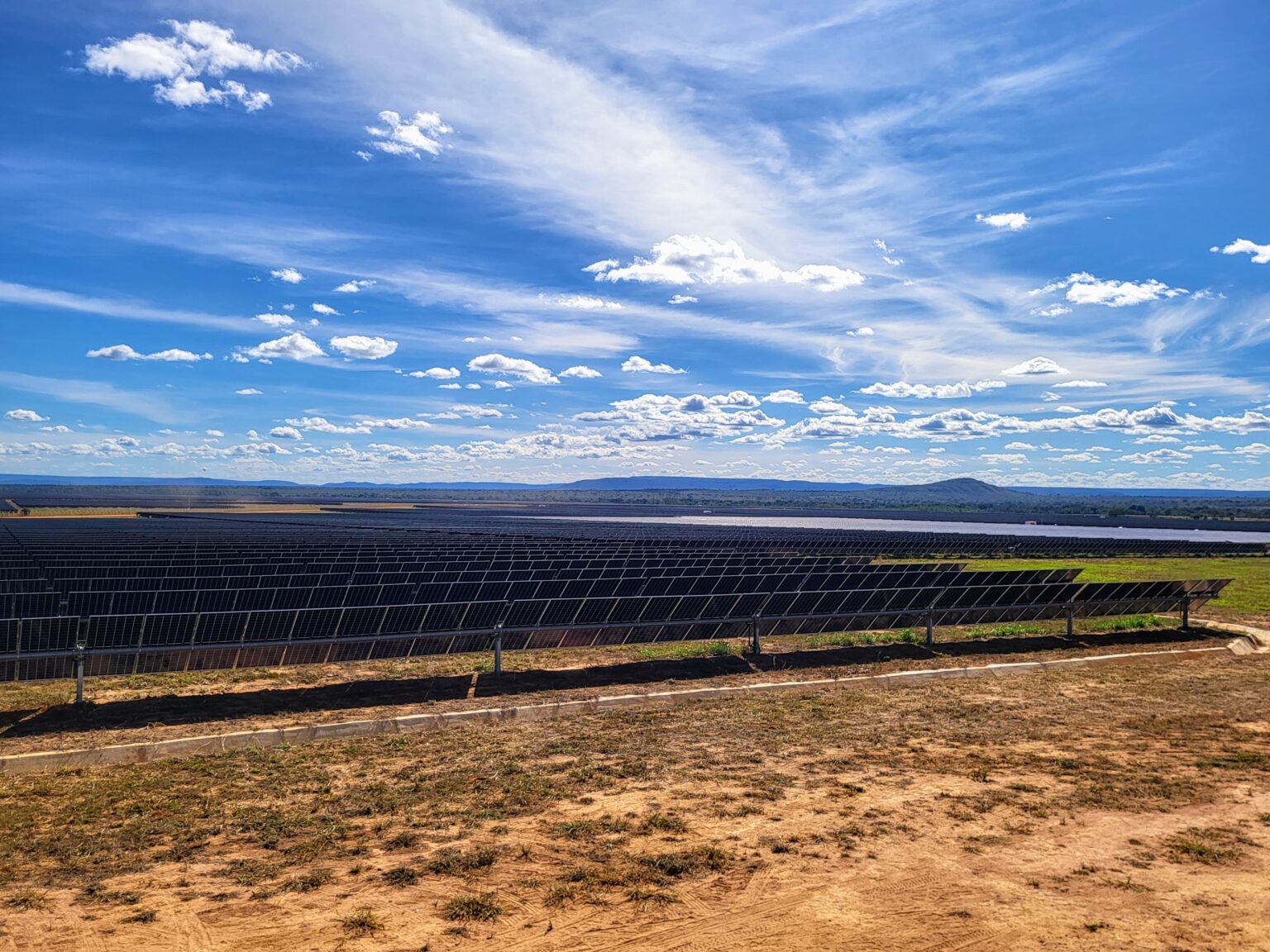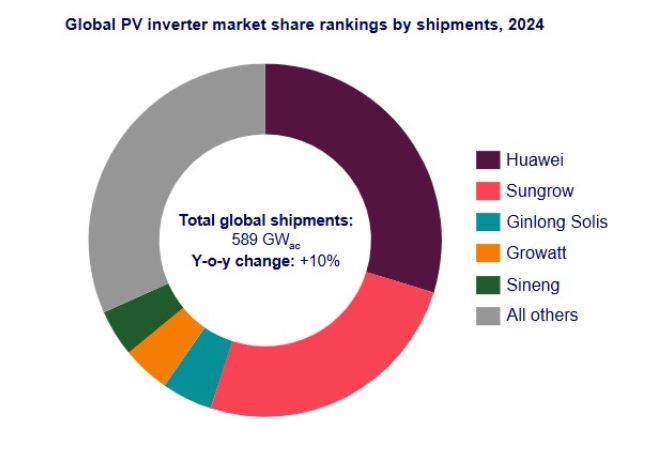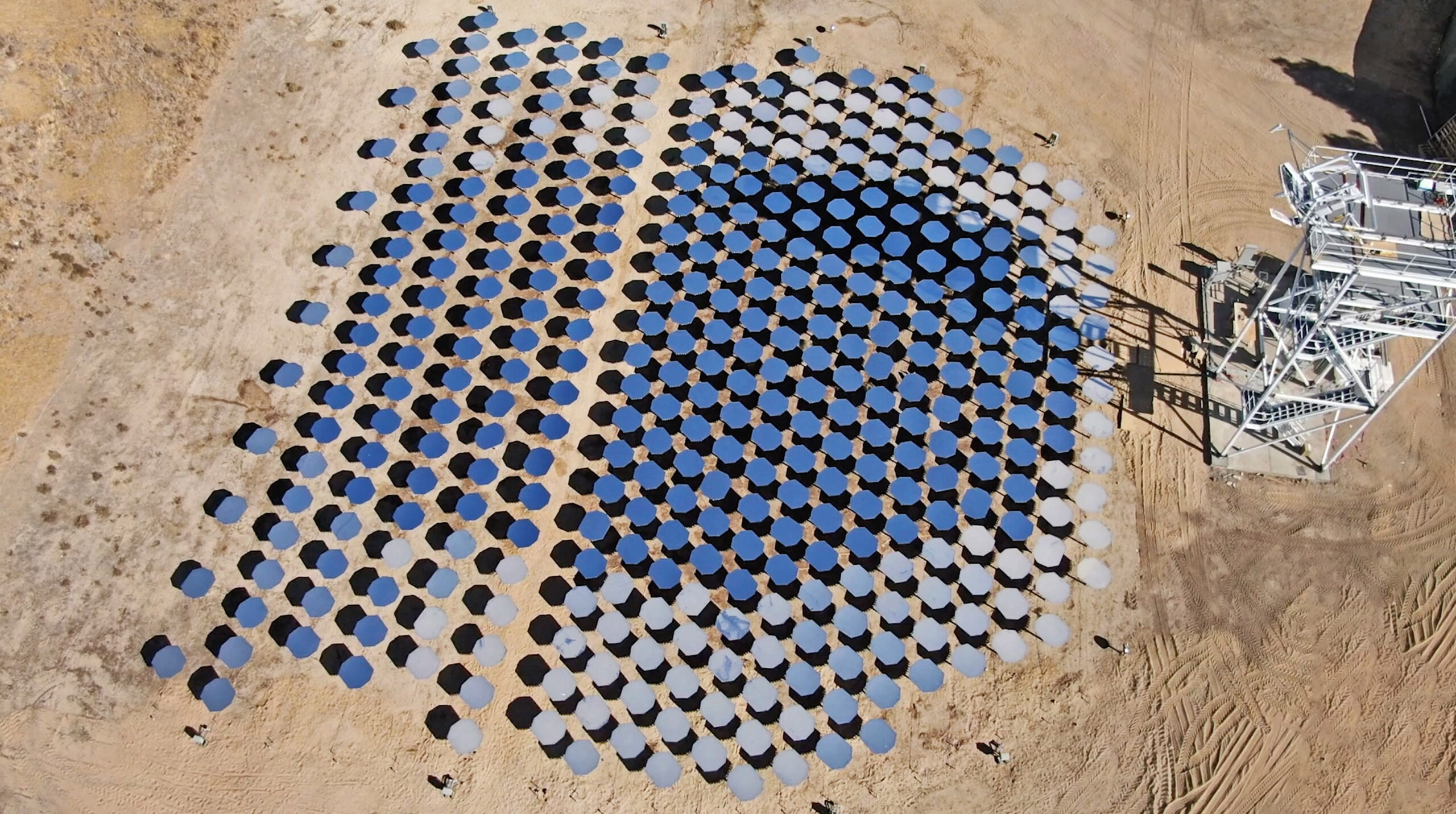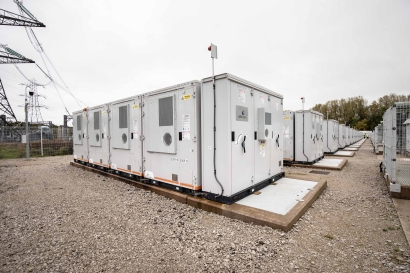What is solar net metering?
In many states, rooftop solar is supported by a billing structure called net metering, under which utility bills are credited for exporting electricity to the grid.

In many states, rooftop solar is supported by a billing structure called net metering, under which utility bills are credited for exporting electricity to the grid.
In many states and utility service territories, small-scale solar arrays are offered net metering, a billing mechanism that credits the owner of a solar array for the electricity they send to the grid.
While solar energy is only produced during the daytime, homes and businesses use electricity around the clock. Solar arrays are often designed to produce more electricity during the day than what is used in real-time. When there is an excess of production, electricity is sent to the grid, causing the electricity meter to spin backwards. At night, customers draw from the grid, spinning it forwards.
If the grid-supplied electricity usage exceeds the amount of electricity exported in a given month, the customer is billed for that net usage. Net metering credits are typically displayed on a customer’s monthly electricity bill.
On average, about 20% to 40% of a solar array’s energy output is sent to the grid, and the rest directly serves the home or business, according to the Solar Energy Industries Association (SEIA).
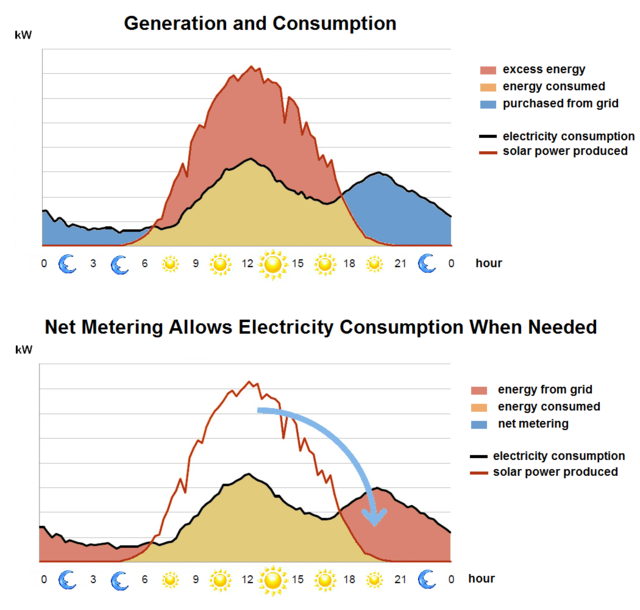
Net metering supports both the return on investment and bill savings created by rooftop solar and supports local use of clean energy. Solar owners can export electricity to the grid with a standalone solar array or through a battery energy storage system.
Some states, like California, structure net metering or net billing rates to incentivize storing electricity and exporting through a battery. This helps grid operators ensure that electricity is delivered when demand is at its highest.
The NC Clean Energy Technology Center maintains the Database of State Incentives for Renewables & Efficiency (DSIRE). The DSIRE database is a regularly updated source of information for all relevant solar incentives and regulations, including information about the net metering structure in your state or utility service territory.
DSIRE reports 34 states, and Washington D.C., Guam, Puerto Rico and the U.S. Virgin Islands currently have mandatory net metering rules. Another 14 states have distributed generation compensation rules other than net metering. And in Texas and Idaho, there are no mandates for net metering, but some utilities allow it. Some states have limits to how much solar can be approved for net metering in a given year or set of years. The DSIRE database tracks these net metering caps.
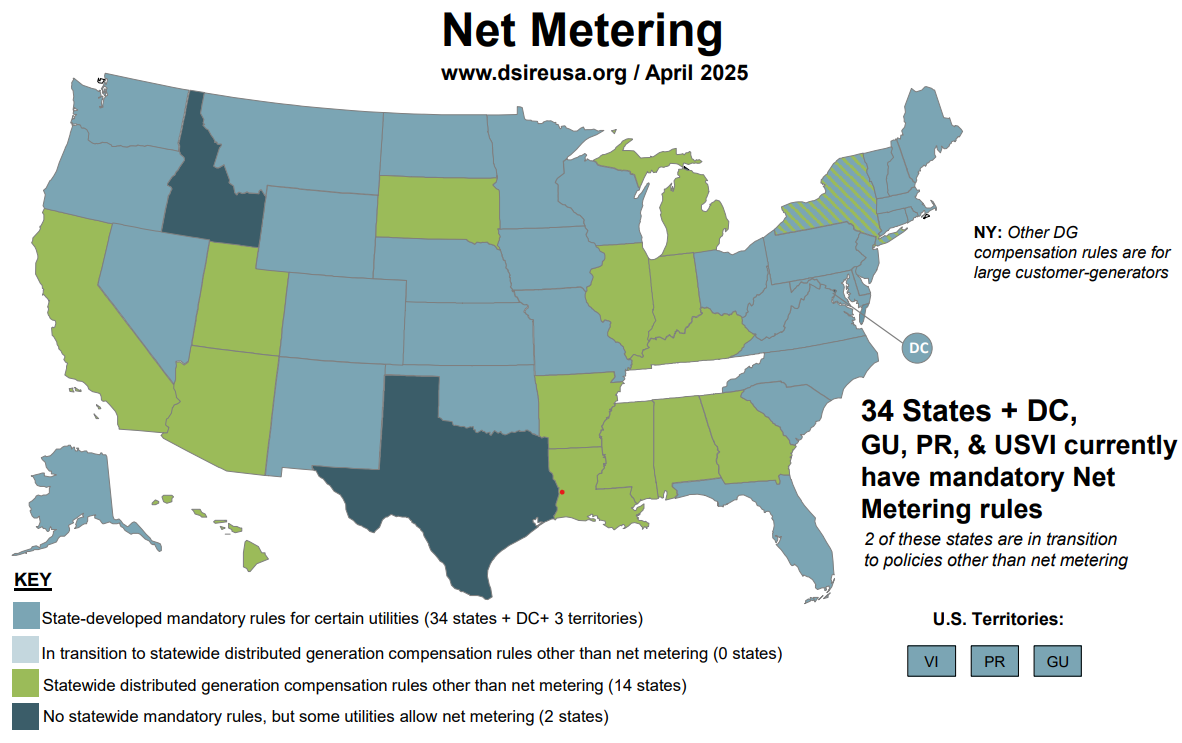
Some states also enable “virtual” net metering, under which a solar owner can apply its net metering credits to multiple electric accounts.
Net metering makes a big difference in the financial viability of a solar project. In California, when the state transitioned from net metering to a less-lucrative net billing structure, the average breakeven period for residential solar projects was estimated to shift from about five to six years to about nine to ten years, according to marketplace operator EnergySage. Savings were estimated to fall by roughly 60% when the transition from net metering occurred.
While some electric utilities have taken an adversarial stance towards net metering, due its reduction to profits and market capture, the grid-level and community benefits of net metering are strong.
“Net metering policies create a smoother demand curve for electricity and allow utilities to better manage their peak electricity loads,” said SEIA. “By encouraging generation near the point of consumption, net metering also reduces the strain on distribution systems and prevents losses in long-distance electricity transmission and distribution.”
Learn more about net metering in your service area on the NC Clean Energy Technology Center DSIRE database.
What's Your Reaction?

























